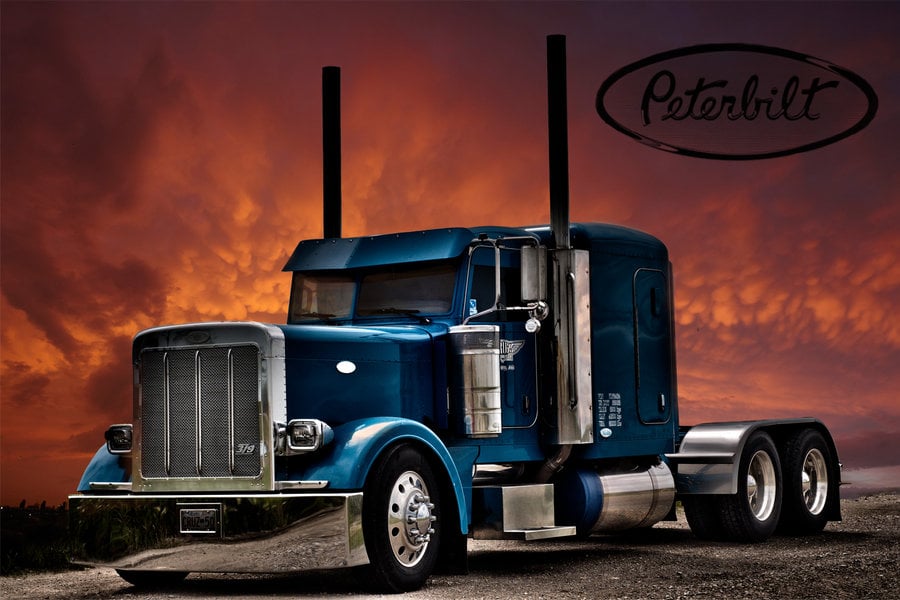"Comparing Fuel Efficiency of Different Peterbilt Truck Engines" Can Be Fun For Anyone

Peterbilt Trucks has been a leading label in the trucking sector for virtually a century. The firm was founded in 1939, but its background dates back to the very early 20th century when T.A. Peterman started developing logging trucks in Oakland, California.

Peterman's first vehicle was a changed Ford Model T that he used to transport logs coming from the rainforests of Northern California to plants and lumber lawns. He very soon realized that there was a need for specialized trucks that could possibly manage the rough landscapes of logging sites and bring massive loads.
In 1916, Peterman built his 1st custom-built logging truck along with a longer body and much higher ground space than basic trucks. This style permitted the truck to browse unpaved roads and transport larger tons of logs.
Over the upcoming two decades, Peterman continued to introduce and strengthen his trucks for the logging sector. In 1938, he partnered with William Pigott, owner of Seattle-based Pacific Car & Foundry Company (PACCAR), to establish Peterbilt Motors Company.
Peterbilt's very first version was the Model 260, which was based on Peterman's original design but along with present day component such as hydraulic brakes and an all-steel cab. The Model 260 showed well-liked along with loggers and other industries that required heavy-duty vehicles.
During the course of World War II, Peterbilt shifted its emphasis to army manufacturing, constructing specialized cars such as container transporters and fire motors for the U.S. Army. After the war finished, Peterbilt resumed development of its commercial vehicles and increased right into brand-new markets such as development and oil boring.
In the 1950s, Peterbilt presented its well-known "needle-nose" style on its Model 351 vehicle. The efficient cab-over-engine style enabled for far better exposure and maneuverability in tight rooms while still offering enough cargo area.
Throughout the complying with years, Peterbilt continued to introduce along with new models such as the Model 359 in the 1960s, which featured a longer hood and more strong motors. In This Article Is More In-Depth , Peterbilt presented its first wind resistant model, the Model 377, which decreased wind protection and enhanced gas efficiency.
In current years, Peterbilt has proceeded to be a forerunner in the trucking sector along with models such as the Model 579 Ultraloft, which includes a huge taxi and state-of-the-art security features such as street departure warning and crash minimization.
Today, Peterbilt is understood for its commitment to premium and innovation. Its trucks are utilized in a wide array of industries including building and construction, agriculture, and transportation.
Despite its results over the years, Peterbilt has stayed correct to its origins with a emphasis on building heavy duty trucks that can take care of hard work. Along with over 80 years of past history responsible for it, Peterbilt carries on to be an sector innovator and an well-known title in American trucking.
